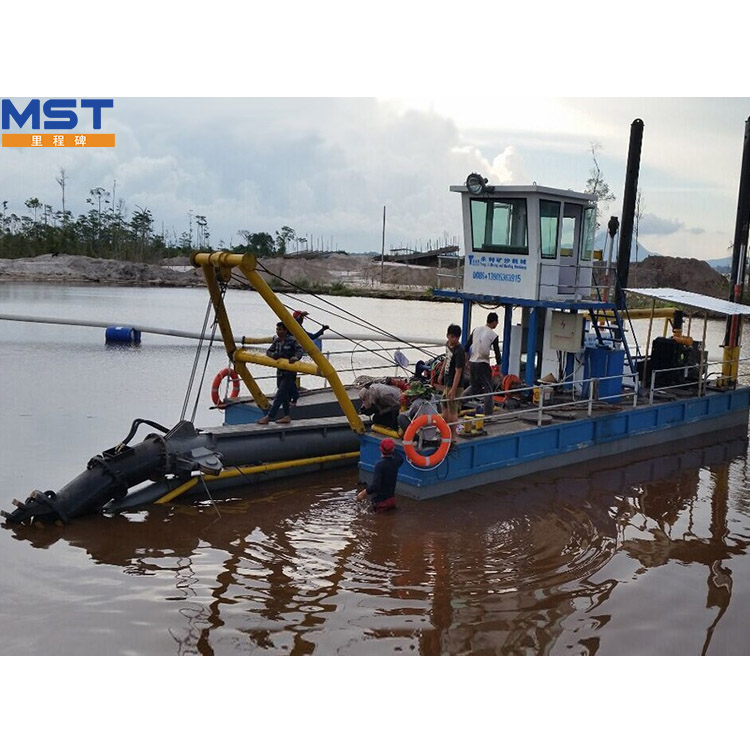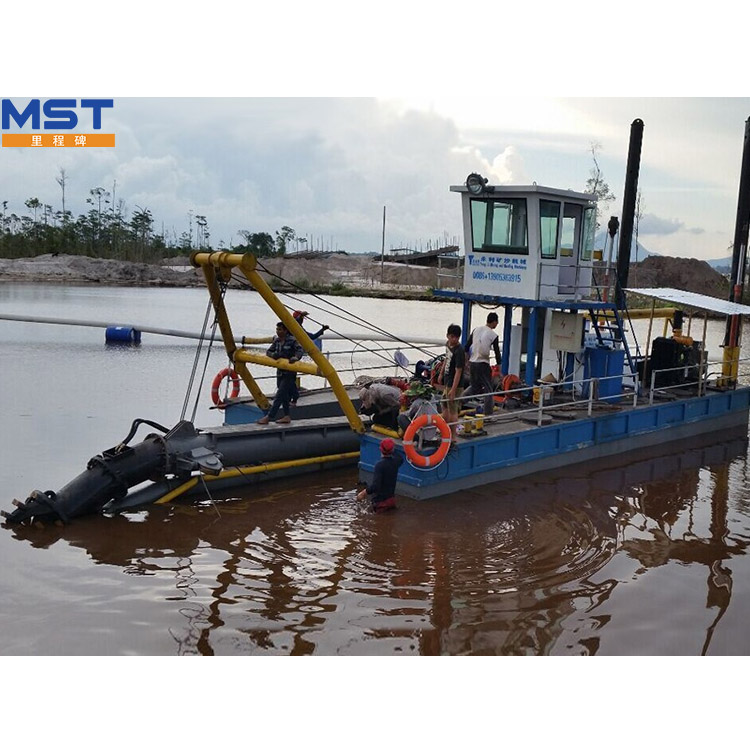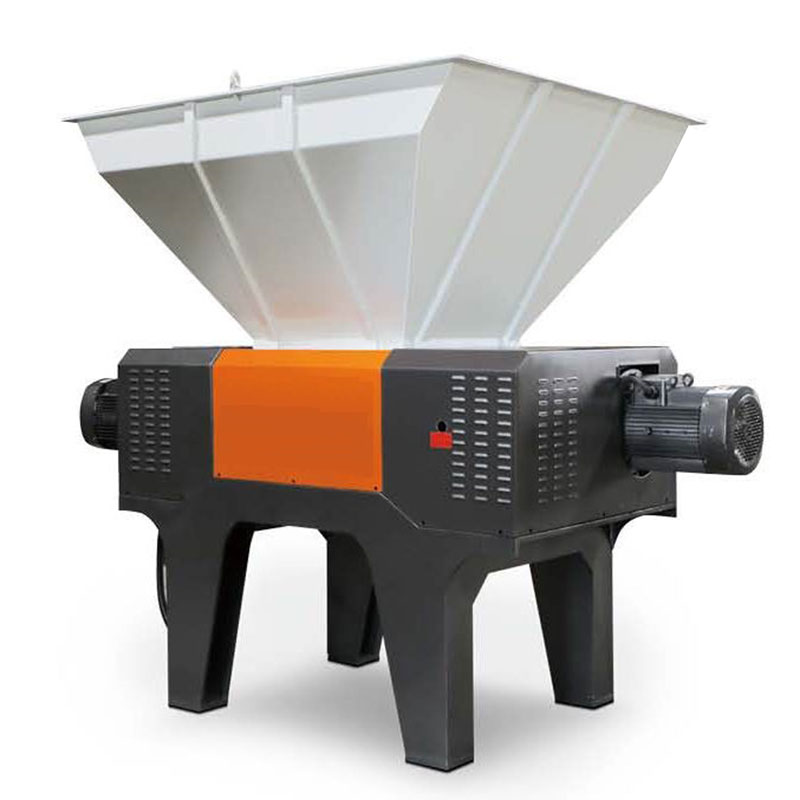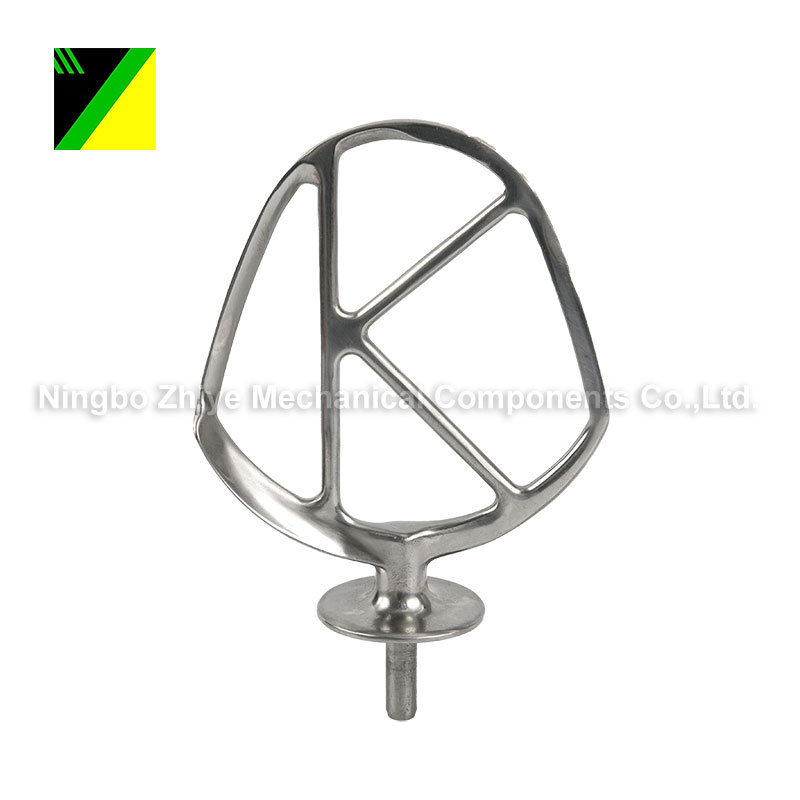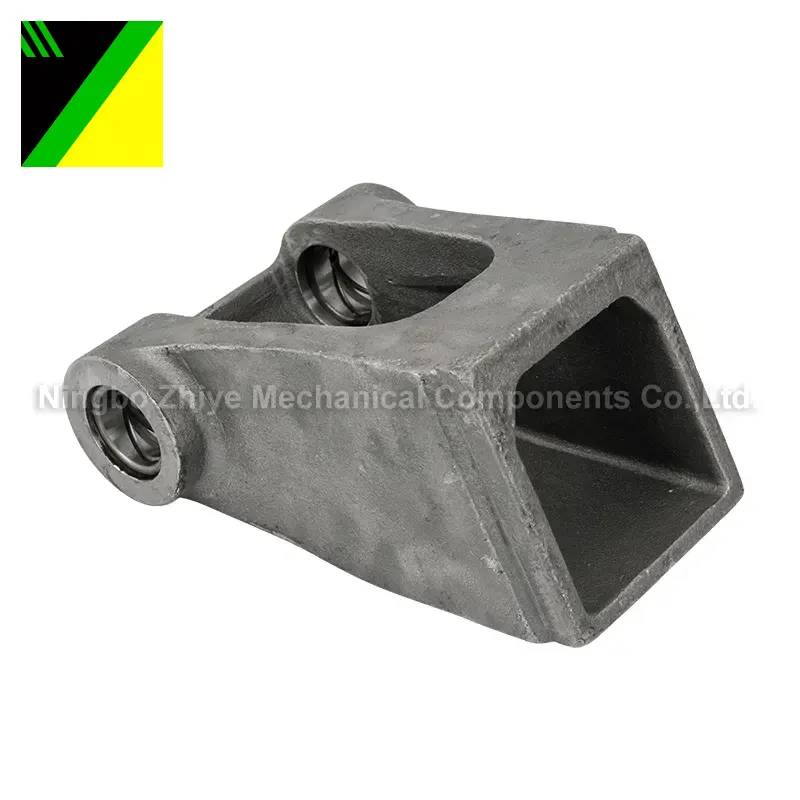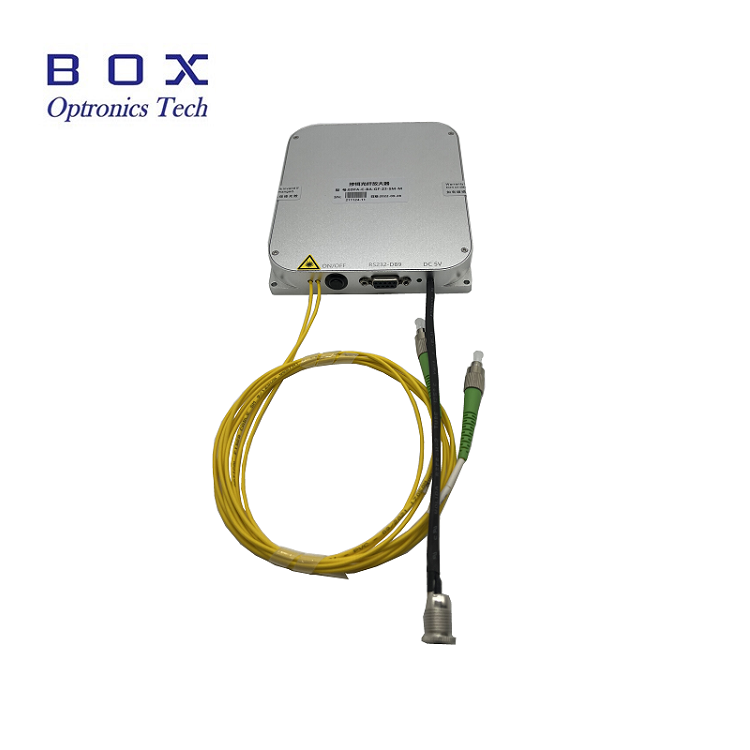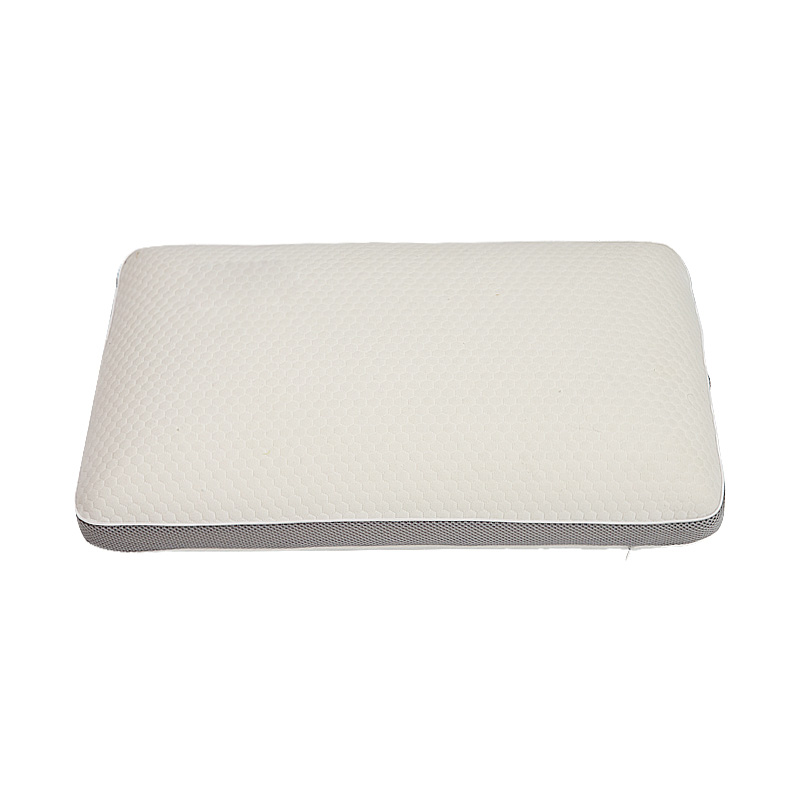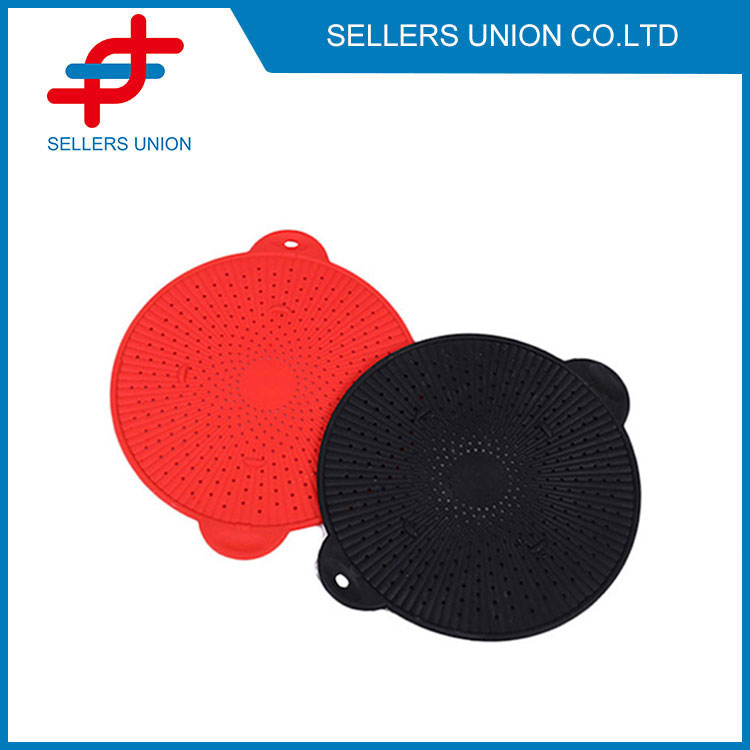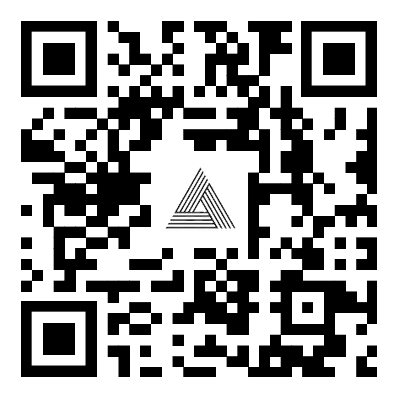How a cutter suction dredger works?
After the cutter arm of the cutter suction dredger is put into the water, the dredge pump starts to work and the cutter head starts to rotate. The boom is then turned down until the cutter head touches the river bed, or until it reaches maximum digging depth. The initial movement of the dredger arou......
Send Inquiry
Product Description
After the cutter arm of the cutter suction dredger is put into the water, the dredge pump starts to work and the cutter head starts to rotate. The boom is then turned down until the cutter head touches the river bed, or until it reaches maximum digging depth. The initial movement of the dredger around the spud is accomplished by loosening the starboard anchor cable and tightening the port anchor cable. These anchor cables are connected to the winch on deck (the winch near the dredging side) by the pulley near the reamer head. Loosening the winch ensures accurate tension on both sides of the cable, which is especially important when digging hard rock.
1. The direction of rotation of the reamer head is sometimes the same and sometimes opposite to the direction of its traversing motion. In the first case, the reaction force of the reamer head acting on the soil drives the movement of the hull, so its traversing force is smaller than in the second case. It is very important to ensure the pre-tightening force of the anchor cable when the moving direction of the cutter head is consistent with the traverse direction of the dredger. If the force of the cutter head pushes the dredger to move faster than the pulling speed of the winch, the cable pulling the winch will be rolled up and cut by the cutter head, which is very dangerous;
2. The position of the anchor has a great influence on the lateral displacement force required by the dredger. The closer the reamer head is to the side cable, the less lateral force is required:
3. Lateral force is also affected by external natural conditions, such as wind, current and waves. Of course, the reamer arm swings once along the arc, and the dredging thickness is determined by the diameter of the reamer head and the soil type. When the desired dredging depth is not reached after one swing, the reamer arm will be lowered deeper and the reamer arm will swing in the opposite direction. As mentioned above, the cutter suction dredger swings in a circular arc with the positioning pile 1 working pile as the fixed fulcrum. The spuds for most cutter suction dredgers are placed on movable steel pile dollies. The other pile is an auxiliary pile, placed outside the center line, generally placed on the starboard side of the stern. The steel pile trolley can move a distance of 4-6 m using hydraulic cylinders. Because the steel pile stands on the river bed, the cutter suction dredger can be pushed forward by pushing the steel pile trolley towards the stern. The size of the reamer head and the hardness of the soil determine the step size that the pile trolley moves. Every time the steel pile trolley moves one step, the arm of the reamer is lowered at the end of each arc swing, and the reamer can cut one or more layers of soil.
Every time the support arm takes a step forward, the reamer head draws a concentric arc with the positioning pile as the center, and its radius increases with the increase of the step length. If the hydraulic cylinder of the steel pile trolley has been moved to the end, the steel pile must be moved. Before stepping, the reamer head moves to the cutting center line, lowers the auxiliary pile, lifts the working pile, and moves the steel pile trolley forward. Then lower the working pile again and raise the auxiliary pile. The dredger can start working again.
